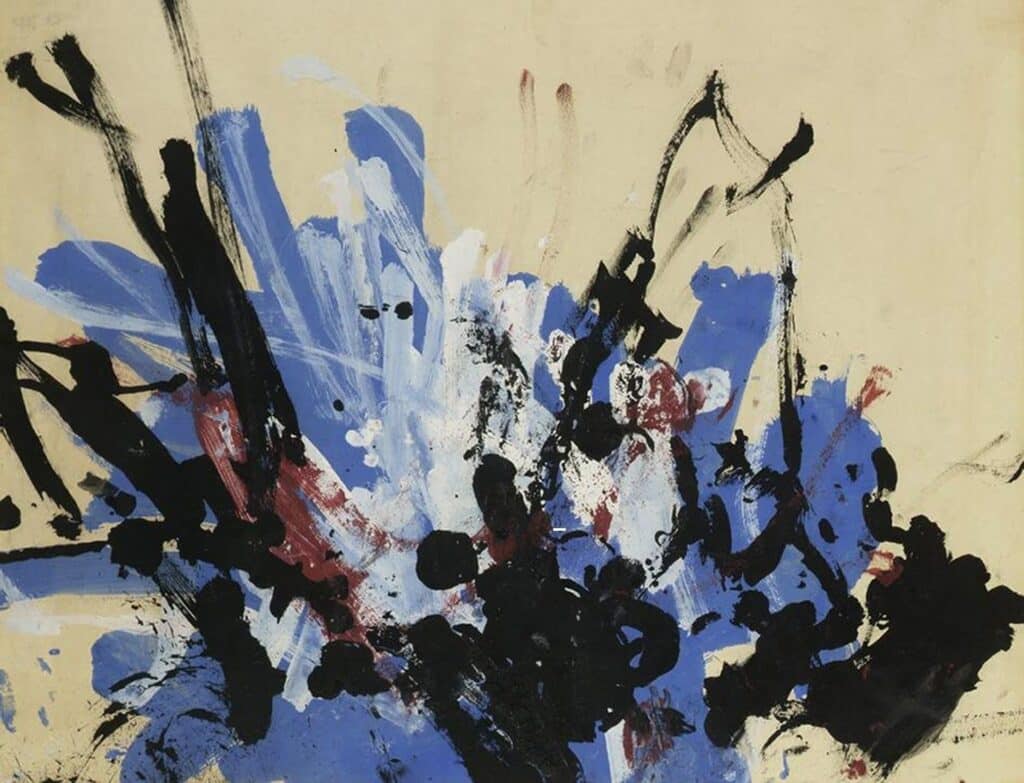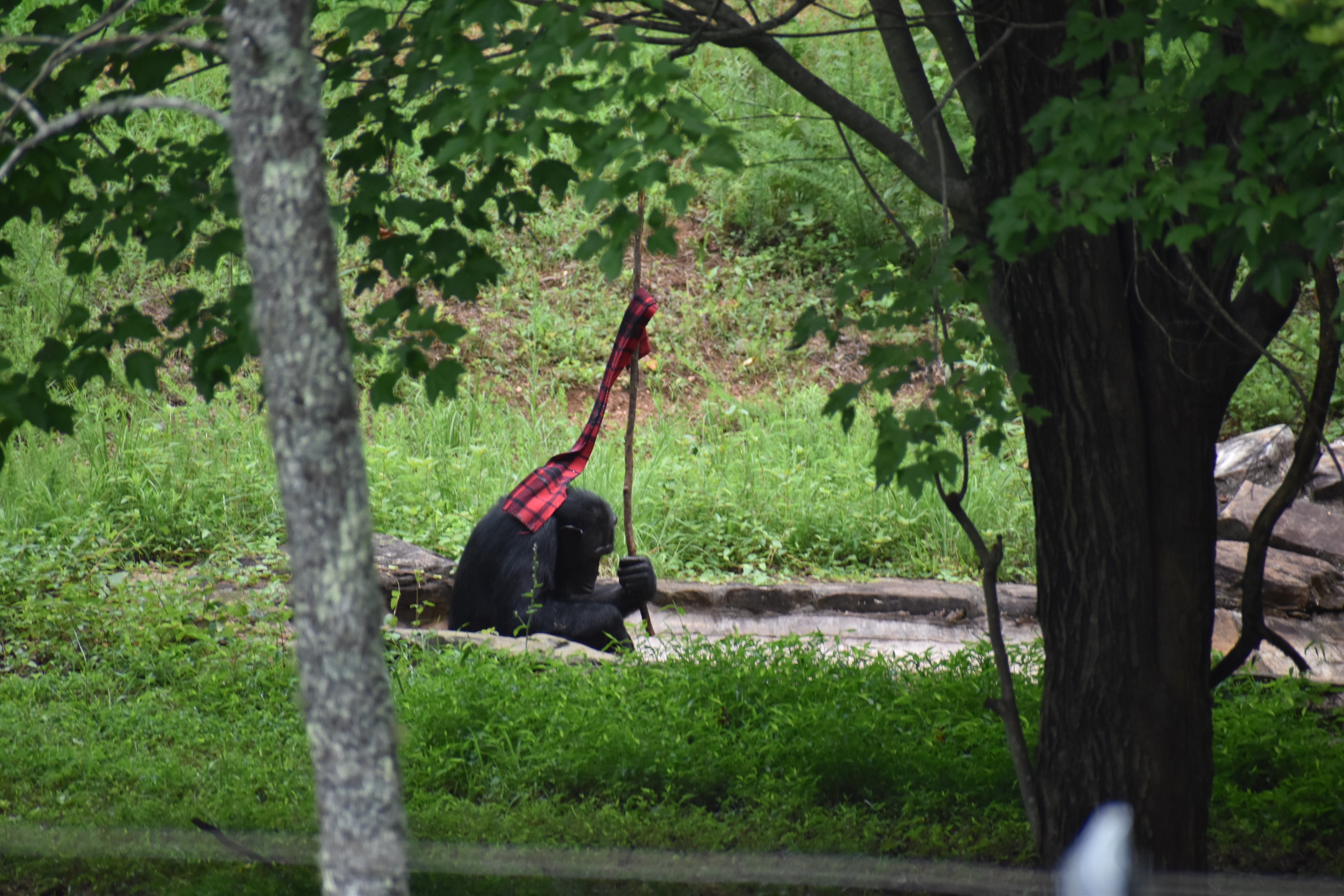
The Artistic Mind of a Chimpanzee Painter

By James Oatis
Have you heard about a chimpanzee painter? Chimpanzees are the closest animals to humans as they share 98% of our DNA. Because of this similarity, and their obvious intelligence, anthropologists and scientists became curious if chimpanzees had a sense of artistry. The answer to this question is very complex and can be hard to define, as it has many different elements to it.
The Most Famous Chimpanzee Painter
Perhaps the most famous chimp involved in the arts and painting is a chimp named Congo. Born in the wild in 1954, Congo made about 400 paintings between the ages of 2 and 4[1]. These works came into creation when zoologist and artist, Desmond Morris, took an interest in the young ape and gave him art materials[2]. The paintings Congo produced looked much like the work of artists like Jackson Pollack with an abstract appearance.

Notable fans of Congo’s work included famed Spanish painter Pablo Picasso, who owned a painting by the chimp. Even after Congo passed in 1964, his artistic legacy lived on; in 2005, three of Congo’s paintings sold at an auction. The paintings by Congo sold before works by famous artists Andy Warhol and Pierre-Auguste Renoir! In 2019, the Mayor Gallery of London hosted an exhibition of Congo’s artwork, making him the most prolific chimpanzee painter in history.
Chimpanzee Paintings Now
In more recent times, art made by a chimpanzee painter has been used as a method of fundraising by organizations and sanctuaries, while also serving as an enrichment for the chimps. Some of these organizations have partnered with celebrities and other famous figures to help fund their operations. In most cases though, the painting process has to be closely overseen by humans or the chimps may consume the paints or destroy the canvas on which they paint. Chimps seem to get equal enjoyment in destroying an item as they did creating it.
Why Do Project Chimps Residents Not Paint?
According to Chimp Care Supervisor Tawnya Williams, more focus is placed on larger group activities where chimps can interact as they would in the wild. Coming from a lab background, activities such as painting would be a foreign concept to the chimpanzees here. Chimps raised in human homes, or for the entertainment industry, would have been exposed to individualized pursuits such as painting. These chimps may still find enjoyment in replicating activities from their younger days.
Chimpanzees Express Art in Other Ways
Despite the similarities between humans and chimps, it is important to not “humanize” them while still encouraging self-expression in their own chimp way. While human-oriented artistic enrichments are set aside, residents at Project Chimps use their intelligence to show off their natural artistic talent. Some chimps, like Panielle, have modified their toys, such as attaching blankets to sticks to make “flags”. Other chimps might weave fabric through a holey-ball to make a new kind toy. These chimp “textiles” are part of their natural artistic curiosity! And just like with the paintings, they often destroy the thing they just made, looking equally as satisfied with that final action.

If you would like to help keep the chimps intellectually stimulated with new enrichments, consider donating or sending a treat from our Amazon Wish List.

